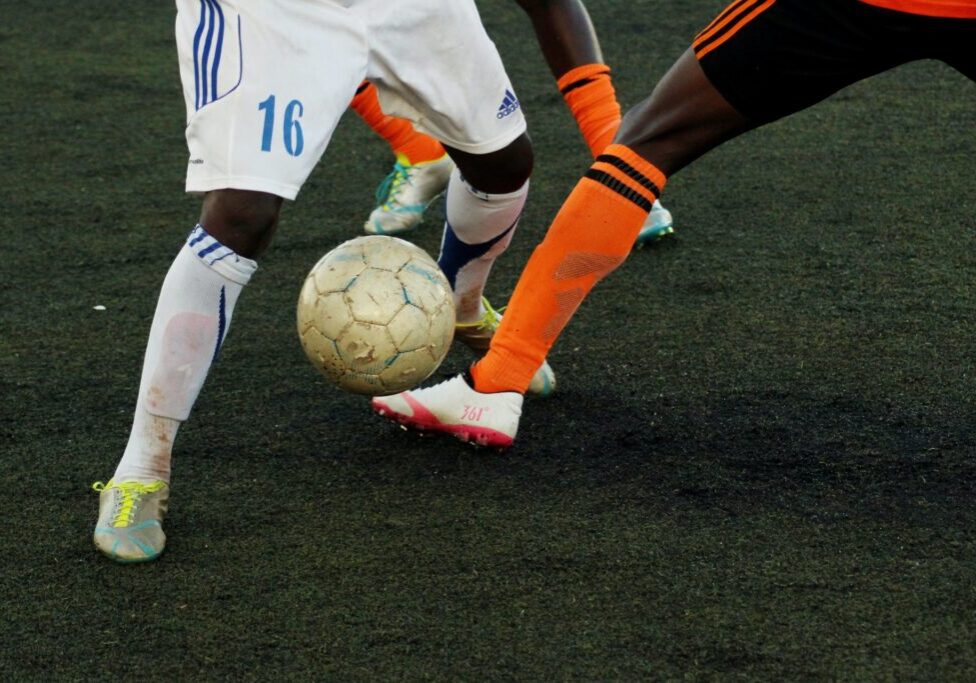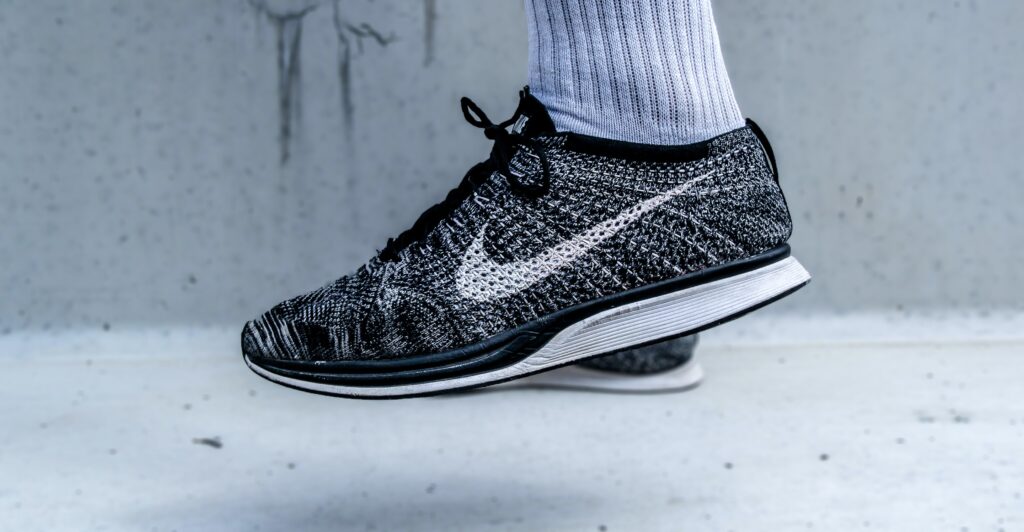Every crucial soccer skill involves having healthy knees, from passing the ball to dribbling. Although the knee joints and the surrounding tissue can manage a lot of strain, eventually, too much of it can damage the body.
A meniscus injury is one of the most common injuries among soccer athletes. If you, too, are seeking physical therapy for a torn meniscus, here’s what you should know.
What Is a Meniscus Injury?
The meniscus is a crescent-shaped piece of cartilage pad located between the femur (thigh bone) and the tibia (shin bone).
A meniscus tear often results from twisting, pivoting, decelerating, or sustaining a sudden impact. This painful injury usually occurs simultaneously with an ACL tear or other knee injury. Common symptoms include swelling, pain, and difficulty straightening your leg fully.
In soccer, a torn meniscus is typically the result of the pivoting and quick direction changes necessary while playing the game.
Torn Meniscus Physical Therapy at Live Athletics
Finding the right physical therapy program for your torn meniscus will help you get back to playing soccer – pain-free.
Our torn meniscus physical therapy program starts with a thorough evaluation by a physical therapist to create a plan for restoring motion and function. We’ll teach you the correct mechanics and show you how to strengthen the surrounding muscles properly to minimize painful symptoms.
Through joint mobilization, myofascial release, and soft tissue mobility, we’ll help you recover as quickly as possible.
Preventing Common Soccer Injuries
Rather than heal from a soccer injury, why not prevent it in the first place? To help minimize your risk of sustaining a torn meniscus, follow our tips below:
Stay Healthy
To keep your joints and muscles working at their peak performance, you must stay in the best physical shape possible. Follow a healthy diet, stay hydrated on and off the field, and give your body adequate rest between practices and games.
Train Properly
Improve your core and leg muscle strength by following a proper performance training program. At Live Athletics, our team of highly qualified professionals can help you reach your physical fitness goals – whether that’s recovering from a meniscus injury or taking your game to a whole new level.
Properly Recover
As eager as you are to get back to playing soccer, you need to wait to play until you fully recover from your torn meniscus injury. Before returning to the field, you should have a full range of motion, normal strength, and no pain or swelling.
Finding the Right Personal Soccer Trainer Near Me
Whether you play leisurely or professionally, our soccer training program can help you prevent or recover from a meniscus injury.
Drawing on our knowledge of both injury recovery and performance enhancement issues, we’ll help you stay in shape – even while you’re injured. Book a free consultation today to learn more about our performance training for soccer.


